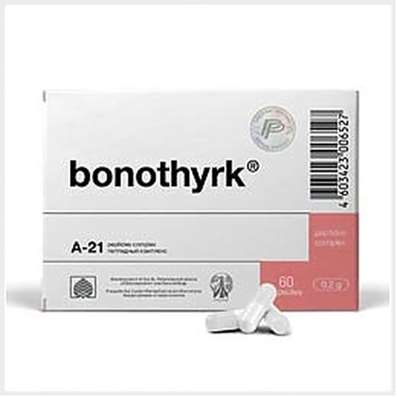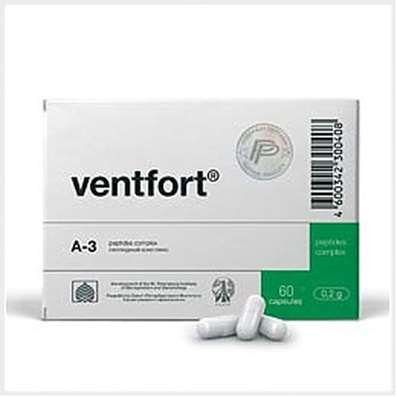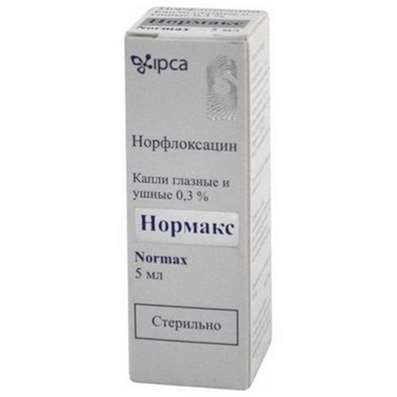Instruction for use: Raloxifene (Raloxifenum)
I want this, give me price
Pharmacological group
Estrogens, gestagens; Their homologues and antagonists
Nosological classification (ICD-10)
M81.0 Postmenopausal osteoporosis
Menopause osteoporosis, Osteoporosis in menopause, Osteoporosis in menopause, Osteoporosis in postmenopausal women, Osteoporosis in the postmenopausal period, Postmenopausal osteoporosis, Osteoporosis in postmenopausal women, Perimenopausal osteoporosis, Postmenopausal osteoporosis, Post-menopausal osteoporosis, Postmenopausal osteoporosis, Postmenopausal demineralization of bones, Osteoporosis with estrogen deficiency, Osteoporosis in postmenopausal women, Osteoporosis in postmenopausal women and after hysterectomy
Code CAS 84449-90-1
Characteristics of Raloxifene
Raloxifene hydrochloride is a substance almost white or pale yellow, very slightly soluble in water.
Pharmacology
Pharmacological action - inhibitory bone resorption, estrogenic.
Selective modulator of estrogen receptors. Acts as an agonist on non-reproductive tissues, as an antagonist - on the reproductive. Selectively attacks estrogen-sensitive membranes, is involved in the regulation of gene expression. Increases the concentration of globulins, binding sex hormones, thyroxine, corticosteroids, with a simultaneous increase in their total content in the blood. Normalizes the processes of bone resorption in the postmenopausal period, increases the mass of bone tissue, reduces calcium loss through the urinary system. Reduces total cholesterol, HDL cholesterol, serum fibrinogen and increases subfraction HDL (high-density lipoprotein) -C2.
Quickly absorbed after ingestion. Bioavailability is about 60%. At the "first pass" through the liver is subjected to intense conjugation with glucuronic acid (the absolute bioavailability of the unchanged drug is only 2%). Concentration in the blood is maintained by intestinal hepatic recirculation. In patients with hepatic insufficiency the level of the drug in the blood is 2.5 times higher and correlates with the concentration of bilirubin. T1 / 2 an average of 28 hours. Renal failure significantly prolongs the circulation of raloxifene; in these patients, only 6% of the dose is excreted in urine within 5 days.
Application of Raloxifene
Osteoporosis in postmenopausal women and after hysterectomy (prevention).
Contraindications
Hypersensitivity, thromboembolism (including in the anamnesis), pulmonary embolism and retinal vein thrombosis, deep vein thrombosis, hepatic insufficiency, prolonged immobilization, childbearing age in women, pregnancy, breast-feeding.
pregnancy and lactation
The action category for fetus by FDA is X.
Side effects of Raloxifene
Deep vein thrombosis, thromboembolism, pulmonary vein embolism and retinal vein thrombosis, vasodilation in the first 6 months of treatment, hot flashes, painful spasms of the calf muscles, peripheral edema.
Interaction
Reduces the effect of coumarin derivatives. Kolestyramin reduces bioavailability and blocks intestinal hepatic circulation. Ampicillin lowers Cmax.
Routes of administration
Inside.

 Cart
Cart





